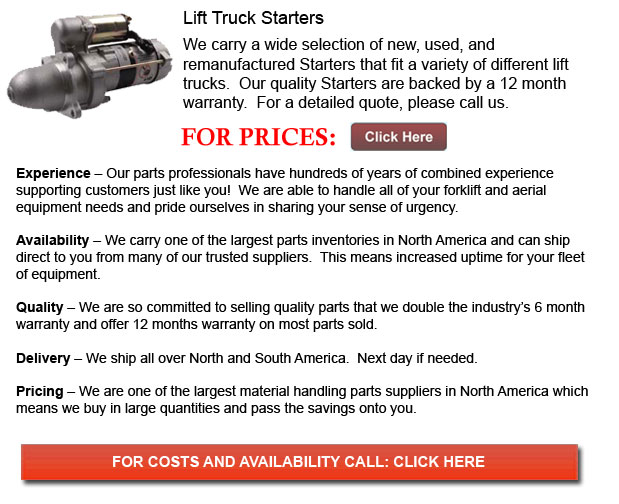
Starters for Forklift - Today's starter motor is typically a permanent-magnet composition or a series-parallel wound direct current electrical motor along with a starter solenoid mounted on it. When current from the starting battery is applied to the solenoid, mainly via a key-operated switch, the solenoid engages a lever which pushes out the drive pinion that is positioned on the driveshaft and meshes the pinion using the starter ring gear which is found on the engine flywheel.
The solenoid closes the high-current contacts for the starter motor, that starts to turn. Once the engine starts, the key operated switch is opened and a spring within the solenoid assembly pulls the pinion gear away from the ring gear. This particular action causes the starter motor to stop. The starter's pinion is clutched to its driveshaft by an overrunning clutch. This allows the pinion to transmit drive in just a single direction. Drive is transmitted in this manner through the pinion to the flywheel ring gear. The pinion continuous to be engaged, like for instance for the reason that the driver fails to release the key when the engine starts or if the solenoid remains engaged in view of the fact that there is a short. This actually causes the pinion to spin separately of its driveshaft.
The actions mentioned above would prevent the engine from driving the starter. This important step prevents the starter from spinning so fast that it could fly apart. Unless modifications were made, the sprag clutch arrangement would preclude using the starter as a generator if it was used in the hybrid scheme mentioned prior. Normally an average starter motor is designed for intermittent use that will stop it being used as a generator.
The electrical components are made so as to function for more or less thirty seconds to prevent overheating. Overheating is caused by a slow dissipation of heat is due to ohmic losses. The electrical parts are intended to save cost and weight. This is the reason the majority of owner's handbooks meant for vehicles suggest the driver to stop for at least ten seconds right after each and every 10 or 15 seconds of cranking the engine, if trying to start an engine which does not turn over right away.
The overrunning-clutch pinion was launched onto the marked during the early 1960's. Before the 1960's, a Bendix drive was used. This particular drive system functions on a helically cut driveshaft that has a starter drive pinion placed on it. When the starter motor begins spinning, the inertia of the drive pinion assembly allows it to ride forward on the helix, therefore engaging with the ring gear. As soon as the engine starts, the backdrive caused from the ring gear enables the pinion to surpass the rotating speed of the starter. At this instant, the drive pinion is forced back down the helical shaft and therefore out of mesh with the ring gear.
During the 1930s, an intermediate development between the Bendix drive was developed. The overrunning-clutch design which was made and launched during the 1960s was the Bendix Folo-Thru drive. The Folo-Thru drive consists of a latching mechanism together with a set of flyweights inside the body of the drive unit. This was better for the reason that the typical Bendix drive utilized in order to disengage from the ring once the engine fired, though it did not stay functioning.
The drive unit if force forward by inertia on the helical shaft once the starter motor is engaged and begins turning. Next the starter motor becomes latched into the engaged position. Once the drive unit is spun at a speed higher than what is attained by the starter motor itself, like for instance it is backdriven by the running engine, and then the flyweights pull outward in a radial manner. This releases the latch and allows the overdriven drive unit to become spun out of engagement, thus unwanted starter disengagement could be prevented prior to a successful engine start.
![]() Click to Download the pdf
Click to Download the pdf
Forklift Parts
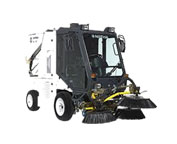

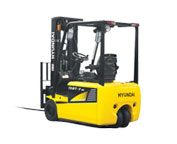
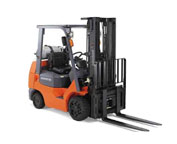
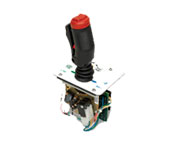
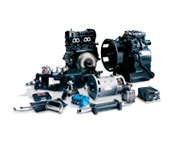
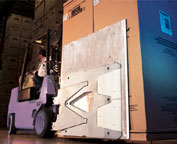
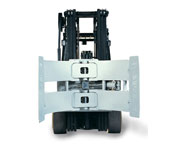
Lift Parts Express
TOLL FREE: 1-888-695-7994
LOCAL: 831-269-3442
784 Northridge Center 101
Salinas, California
forkliftpartssalinas.com
Email Us
About Us


